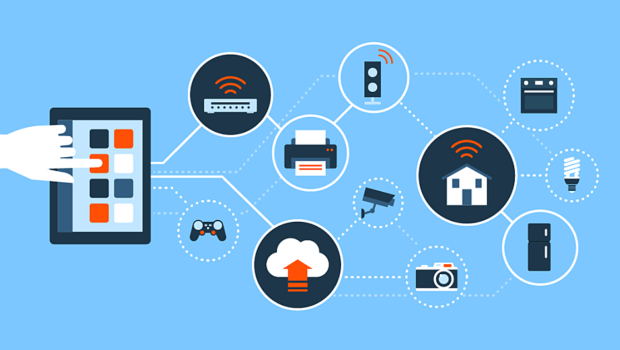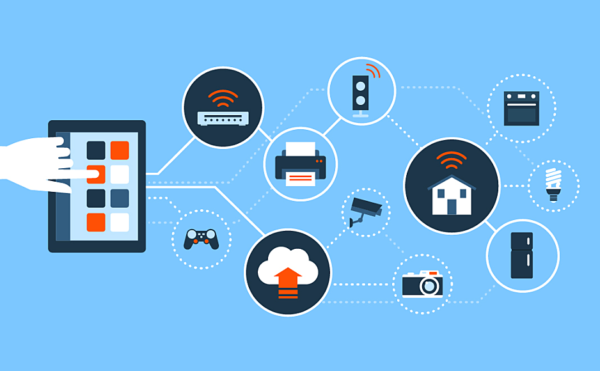Network Security: How Protected Should You Be?
Over the past decades, technology has grown to link the world together in ways never before possible. The Internet is an all-important tool to keep people connected both socially and in business. However, with the Internet becoming as widespread and easily accessible as it has, an extreme wave of criminal opportunities arises with the advent of cybercrime and network intrusion. When dealing with sensitive information online such as the structure of your business and its vital data, network security is a requirement. Network security represents the tools one uses to protect data from cyber-attacks, and the tools cover a multitude of layers of protection. How many layers of security should your network have? This article will answer that question and more.
Layering the Tools
Network security encompasses a wide array of different Internet protection tools. There is not just one tool, but many, and often, multiple tools should be used in conjunction with one another for maximum protection. Two examples of these tools are IPS (Intrusion Prevention Systems) and IDS (Intrusion Detection Systems). An IDS detects oncoming threats, whereas an IPS prevents the threats. When examining the functions of IDS vs IPS, one might assume that using one over the other should work when protecting data. However, these two tools perform different functions that can be used together to form a stronger core over your network. While using just one would be better than neither, layering these tools creates a stronger barrier against cyber-attacks.
Types of Attacks Against Your Network
Attacks and network intrusion come in two main categories: active and passive. Active attacks involve an intruder actively pursuing malicious methods of invading your network, such as initiating cyber-attacks and viruses. Meanwhile, passive attacks occur when an intruder travels through your network and retrieves data, which could happen organically as opposed to an outright hostile and deliberate intrusion of the network. Many network protective tools combat both of these kinds of attacks, and said tools come in a variety of formats, executing different tasks. Since each tool serves a different purpose, they can and should be layered for preventative measures against active attacks.
Why Layering is Important
One could easily assume that, because technology has advanced so much, so too has security measures against losing your data. As security measures have gotten more advanced over the years, so, too, have offensive methods against these measures. A single defense may have flaws that can be exploited, which is why adding multiple defenses is the best option. Cyber-criminals may find a way to breach any single security program, but a complex web of multiple different defenses will be harder to breach. Think of as putting on different layers of protective gear when doing potentially dangerous activities. A helmet can protect your head but not your body, which is why multiple defenses provide a holistic approach to keeping you safe.
How Many Layers of Security Should Your Network Have?
The number of layers of network security you should use vastly depends on the severity of data you wish to protect. For your own private Internet usage, you should use your best judgment on what activities you pursue and what you would like to keep safe. If you are not dealing with excessive private information, then a VPN in addition to another form of network security should keep you adequately protected. However, if you are in charge of a business that deals with sensitive information that requires secrecy, then several layers of security are mandatory. Depending on the stature of your business, your data could be a primary target towards cyber criminals, which requires a complex layer of security. You can never be too safe in this regard, so the more programs you can apply, the safer your data will be.
Internet safety is the utmost importance no matter who you are. While you should weigh your options and use layers on a case-by-case basis, cyber-attacks are a risk to anyone, and staying safe is a high priority.
















